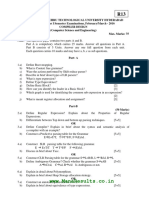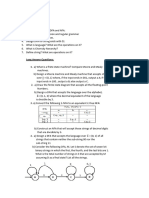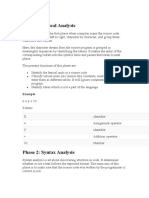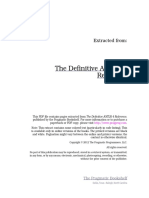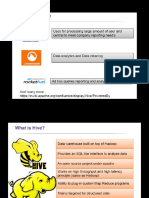0% found this document useful (0 votes)
7 views3 pagesCompiler Design1
The document is an examination paper for the Compiler Design course, detailing the structure and content of the exam. It includes a total of 6 questions, with multiple-choice questions, short answer questions, and options for extended responses. The paper outlines the maximum marks, duration, and specific topics covered, such as parsing techniques, finite state machines, and storage allocation strategies.
Uploaded by
kunaltomarmu26Copyright
© © All Rights Reserved
We take content rights seriously. If you suspect this is your content, claim it here.
Available Formats
Download as PDF, TXT or read online on Scribd
0% found this document useful (0 votes)
7 views3 pagesCompiler Design1
The document is an examination paper for the Compiler Design course, detailing the structure and content of the exam. It includes a total of 6 questions, with multiple-choice questions, short answer questions, and options for extended responses. The paper outlines the maximum marks, duration, and specific topics covered, such as parsing techniques, finite state machines, and storage allocation strategies.
Uploaded by
kunaltomarmu26Copyright
© © All Rights Reserved
We take content rights seriously. If you suspect this is your content, claim it here.
Available Formats
Download as PDF, TXT or read online on Scribd
/ 3











